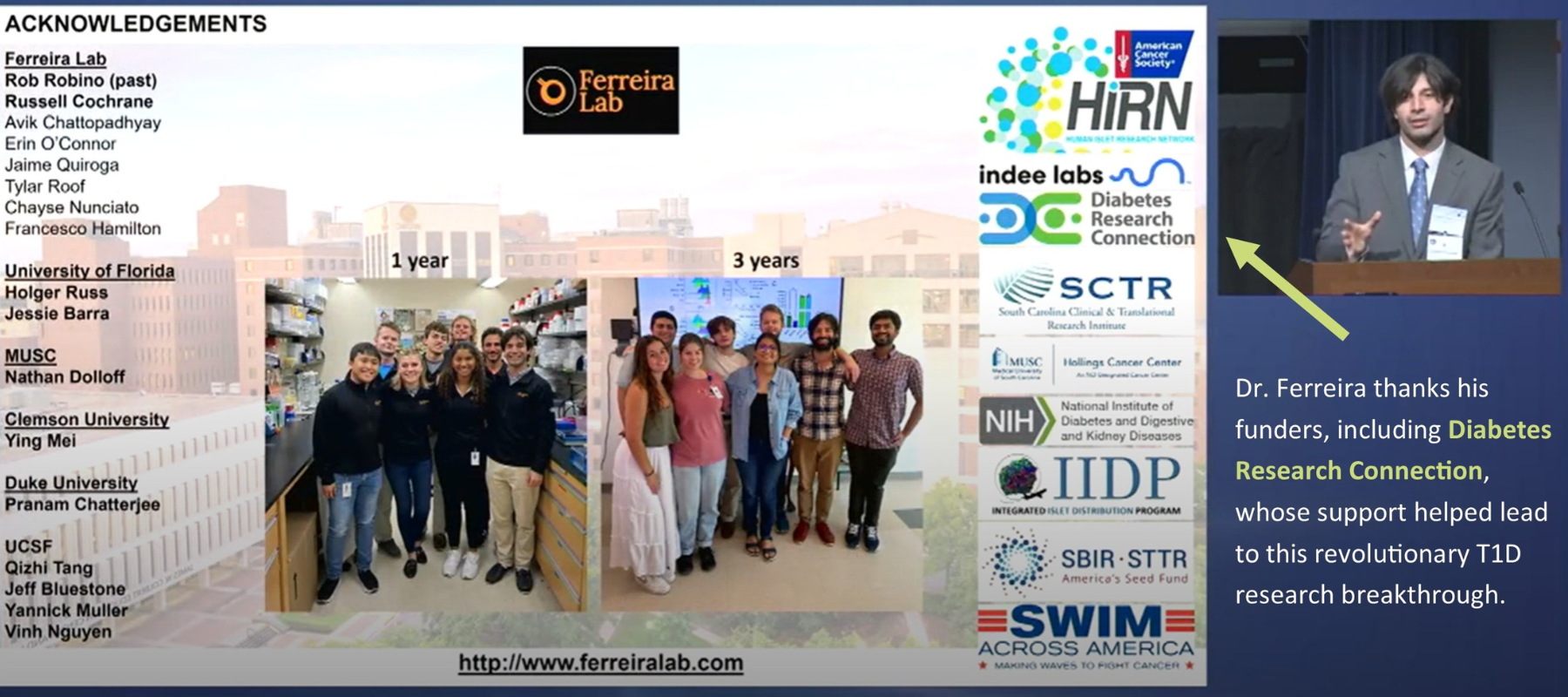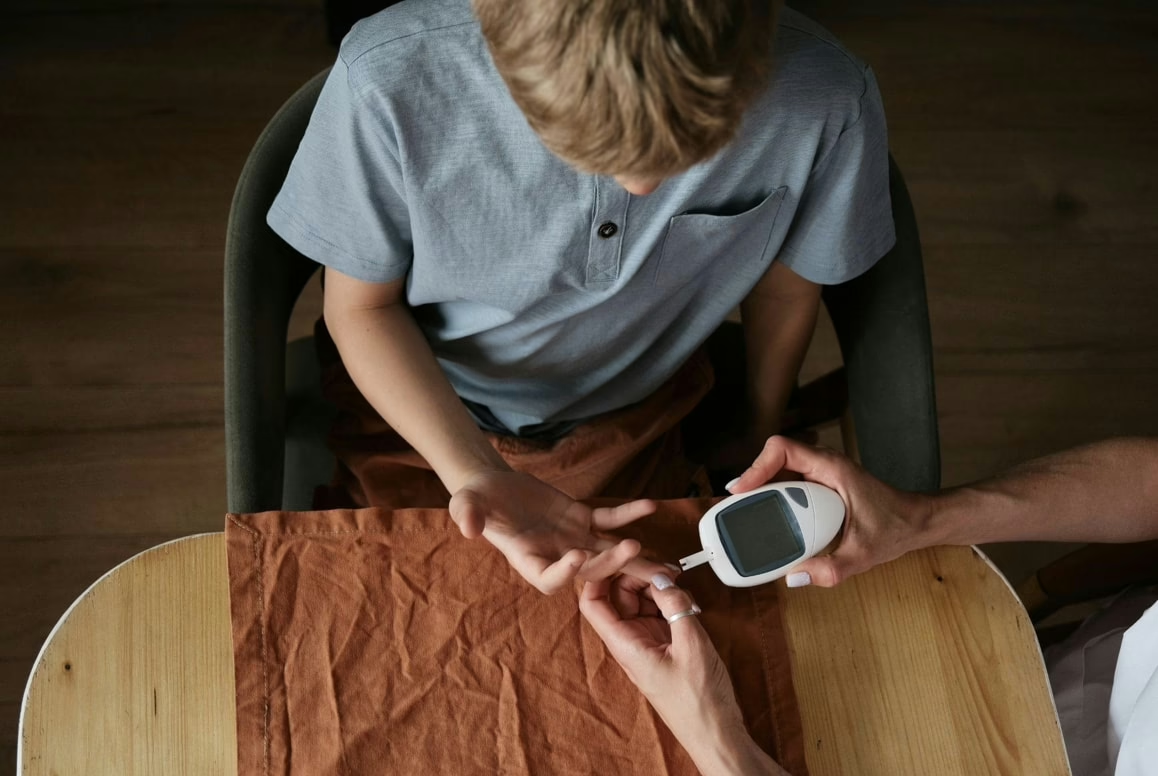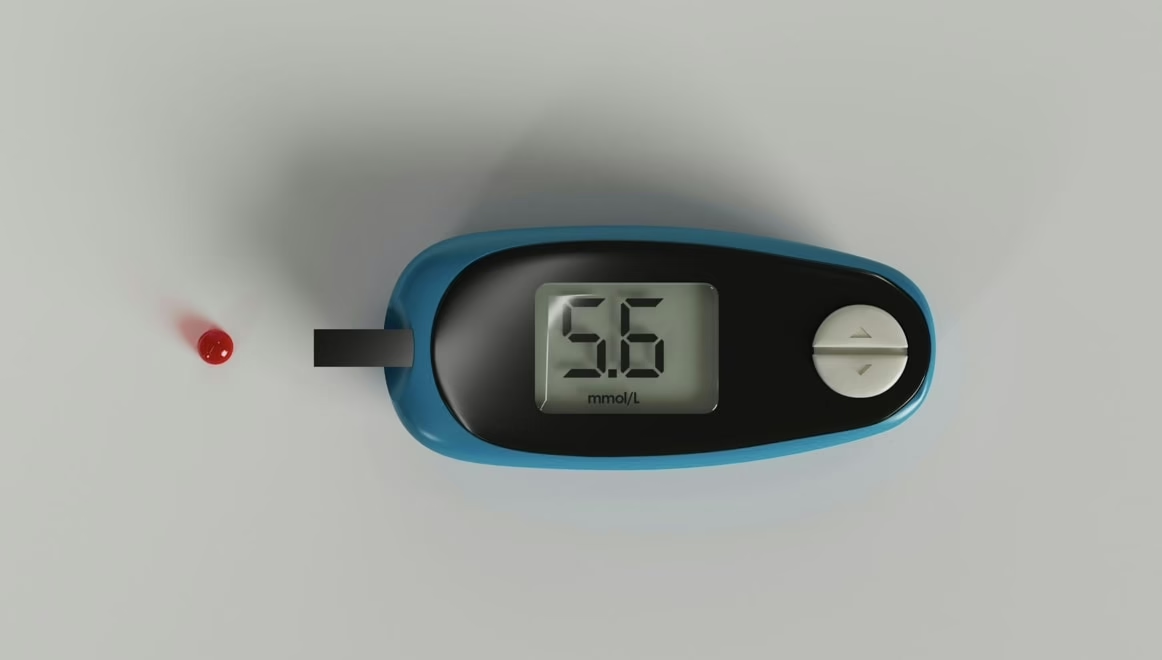Type 1 diabetes (T1D) used to be known as juvenile diabetes because it is often first diagnosed during childhood. Since the pancreas produces little to no insulin, difficulty regulating blood sugar is typically noticed early on. However, that is not always the case. There are also many individuals who are not diagnosed with T1D until after age 30. In addition, they may be mistakenly identified as having type 2 diabetes rather than type 1.
A recent study compared data from the UK Biobank and also conducted clinical trials to determine how adults are diagnosed and treated when diabetes is suspected. Many people were initially diagnosed with type 2 diabetes and did not receive insulin treatment. They used an oral glucose-lowering medication in order to manage their blood sugar. But even when using rapid acting insulin, some still had difficulty with blood sugar control.
Approximately 5 percent of adults diagnosed with T2D actually have T1D. While this may not seem significant, proper diagnosis is critical to providing accurate treatment and education for patients. In addition, insurance may not cover the cost of supplies for those with T2D, but insulin pumps and continuous glucose monitors may be covered for those with T1D. This can make a major difference in care for many people.
The study involved nearly 600 adults from South West England who were diagnosed with diabetes after age 30 between 2007 and 2017. Results showed that 123 participants (21 percent) had type 1 diabetes with severe insulin deficiency requiring continuous insulin treatment within three years of diagnosis. There were 306 participants diagnosed with type 2 diabetes based on a peptide level of 600 pmol/L or greater for at least three years after initial diagnosis. Another 115 participants were not included in the analysis due to indeterminate results. The study also included 220 participants who had been diagnosed with T1D at age 30 or younger for comparison purposes.
While symptoms are often similar, the study found that “rapid insulin requirement was highly predictive of late-onset type 1 diabetes, with 84 percent requiring insulin within 1 year. And of all the patients treated with insulin within 3 years, 57 percent developed sever endogenous insulin deficiency consistent with type 1 diabetes.” Compared to participants with T2D, those with T1D typically had a lower BMI, were more likely to have a positive islet autoantibody test, and had higher genetic risk scores for T1D.
It can be difficult to differentiate between the two types of diabetes, but medical providers should carefully monitor those they believe may have T1D and conduct related tests to determine whether they should be treated initially using insulin as opposed to an oral medication.
The study was presented at the European Association for the Study of Diabetes (EASD) 2018 Annual Meeting by Nicholas J. Thomas, MD, from the University of Exeter, United Kingdom. Dr. Thomas’ team is working on developing algorithms to improve the accuracy of diabetes diagnoses in order to provide the best care for patients.
Accurate diagnosis of type 1 or type 2 diabetes is essential for effective care and patient education. The Diabetes Research Connection supports research related to T1D and advancing understanding related to the diagnosis, treatment, and prevention of this disease. Early career scientists are provided with up to $70,000 in funding to conduct peer-reviewed, novel research studies. Learn more and find a project to support by visiting http://diabetesresearchconnection.org.




